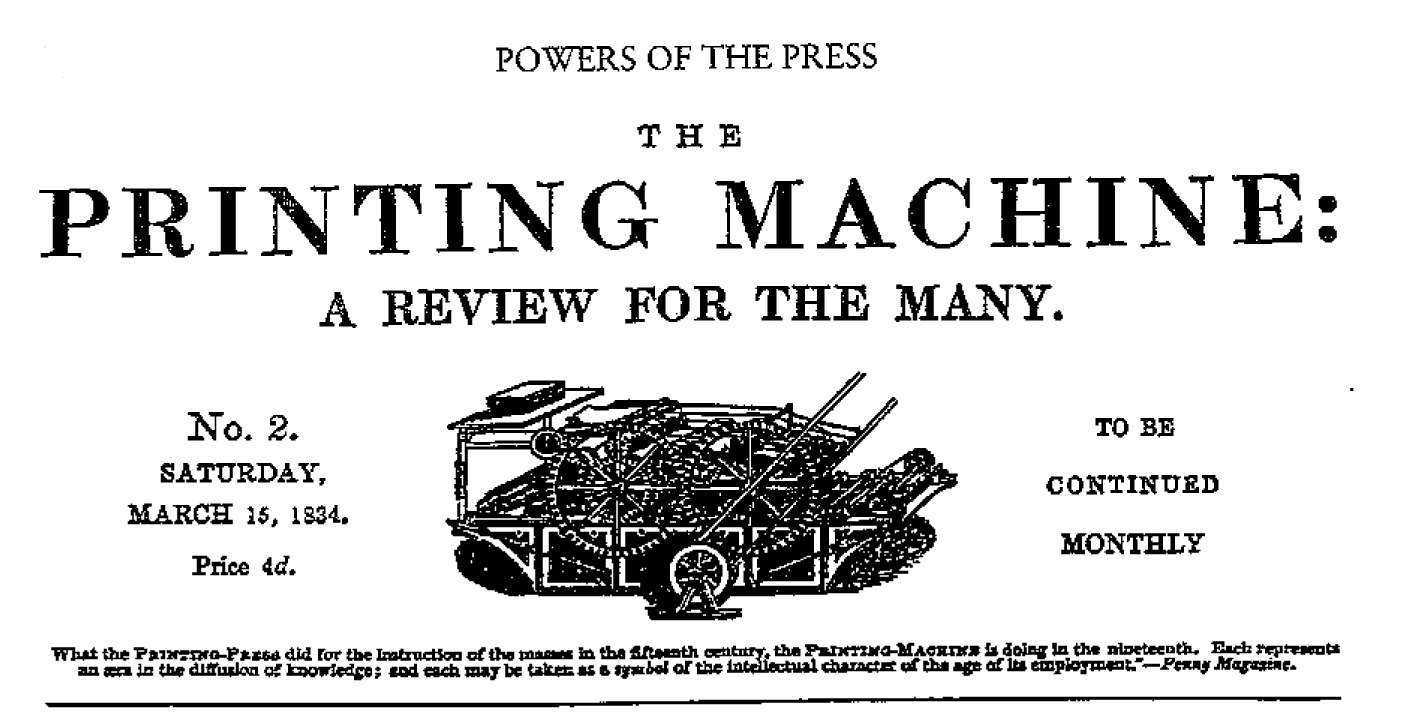Cliche block-making, also known as dabbing or abklatschen, has an obscure history. Until this past week, almost everything that I knew on the subject came from a 2006 blog post by James Mosley, recently revised for publication in Issue 23 of the Journal of the Printing Historical Society. The little more I now know comes from an afternoon spent experimenting with Paul Nash at his home in Gloucestershire, where he keeps a workshop and press.
Paul at work.
What is dabbing? A method of duplicating printers' woodblocks, it consists of, as the name suggests, dabbing or pressing a woodblock into a tray of molten type-metal to make a reverse impression of its face. The resulting impression can then be dabbed again to make a good copy of the original printing surface. Prior to the advent of electrotyping, it may have been carried out on an industrial scale, rivalling stereotyping for the reproduction of illustrations, ornaments and large letters. As Mosley points out, dabbing and other early copying processes must be born in mind if one wishes to identify unique printing blocks with confidence (see some of my research in this area here, here and here).
With Mosley's article to hand, Paul and I heated type-metal to its melting point (around 250 degrees centigrade), skimmed the greyish slag from its surface, and poured the brilliant silver liquid into compartments on a baking sheet (NB don't try this at your own home).
We waited until the metal appeared on the threshold of solidifying before pressing some test woodblocks carved by Paul into the surface.
To me, perhaps the most counter-intuitive feature of the process is the fact that wooden blocks can survive direct contact with molten metal. Apart from some scorching around the edges and some cracking (perhaps made when prising them loose rather than from the heat) the blocks were undamaged and could be dabbed over and over again. This resilience proved helpful, as our experiments showed our lack of experience in judging the correct point at which to dab and the required pressure with which to do so. Often, the metal had either cooled too far or was too liquid to take an impression. We made some creditable outlines of the borders of the block, but little of the fine detail was picked up, in my attempts in particular: Paul dabbed with more confidence and was rewarded with clearer impressions.
Attempts to dab from or cast within the dabbed matrix were challenging, the metal fusing with the mould despite our speculative application of wax, but Paul was eventually able to extract a remarkably good cast from the dabbed matrix, and to print from it:
Clearly, early-modern printers, block-makers and type founders could draw upon a repertory of rules of thumb, experience and specialist equipment with which to dab. A German manual of 1740 , discussed by Mosley includes woodcut (or possibly dabbed) illustrations of some intriguing tools, including one which, Paul and I speculate, may have provided a handle with which to dab and extract the block:
Johann Michael Funcke, Kurtze Anleitung von Form und Stahlschneiden (Erfurt, 1740)
Research continues. In particular, it would be useful to identify a corpus of illustrations printed from dabbed blocks and to find out if any dabs themselves have survived. It would also be interesting to compare the results of good dabbing with other historical reproduction processes, as well as more modern technologies such as photopolymer and 3d-printing.







